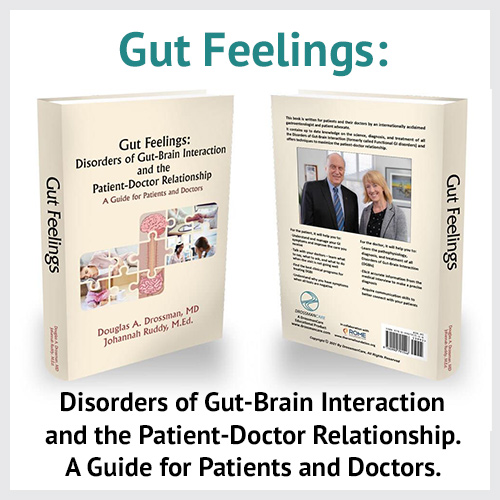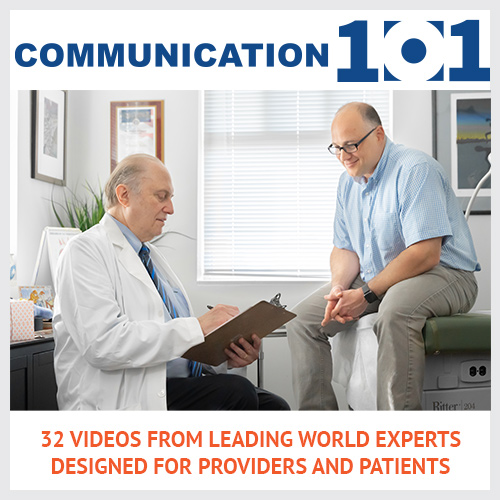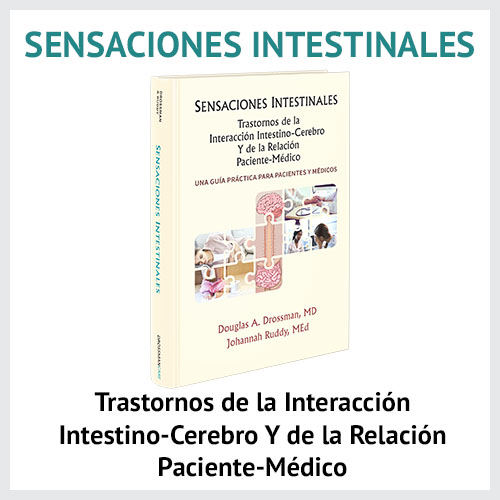Description

Communication 202: A Deeper Understanding of GI Illness Through a Patient Centered Approach
This innovative video learning tool teaches the sophistication and complexity of the medical interview. Within the context of a clinical visit, the program demonstrates educational techniques to improve communication skills, patient centered care, psychosocial assessment, shared decision making, and methods to optimize the patient-provider relationship. Although the symptoms relate to disorders of gut-brain interaction (functional GI disorders), the information provided within the interview applies to patients with most any medical diagnosis. Thus, the medical symptoms serve only as a template to explore in greater depth the patient’s understanding, associated psychological features, patient concerns and behaviors and at a deeper level the psychosocial derivatives of the illness that drives the clinical presentation. Using this knowledge, the clinician is able to utilize more advanced methods to optimize patient care.
About this program:
The program consists of 6 clinical vignettes involving a patient’s visit to the doctor. Each clinical vignette has four components to guide the reader in their learning:
1. An ineffective interview where the physician makes errors in communication style leading to a dysfunctional level of communication. The visit does not provide meaningful clinical information and is associated with mutual dissatisfaction on the part of the patient and doctor.
2. A patient centered facilitative interview that discloses more meaningful information and leads to the discovery of important underlying clinical information that also identifies important psychosocial derivatives. This engages the patient in the treatment and produces patient and doctor satisfaction.
3. An interview with the patient in character who discusses his or her perceptions of the previous two interviews. The discussion includes how it felt to experience the visits, and what he or she liked and didn’t like about the physician’s communication style.
4. Finally, we provide a detailed step by step analysis of the interview including the key verbal and nonverbal messages. The narrator reviews what comments or behaviors worked and didn’t work with regards to engaging with the patient, and establishing an effective patient provider relationship.
We hope that this program is enjoyable, informative and most important will help you in your clinical practice.
This subscription will auto-renew annually.






